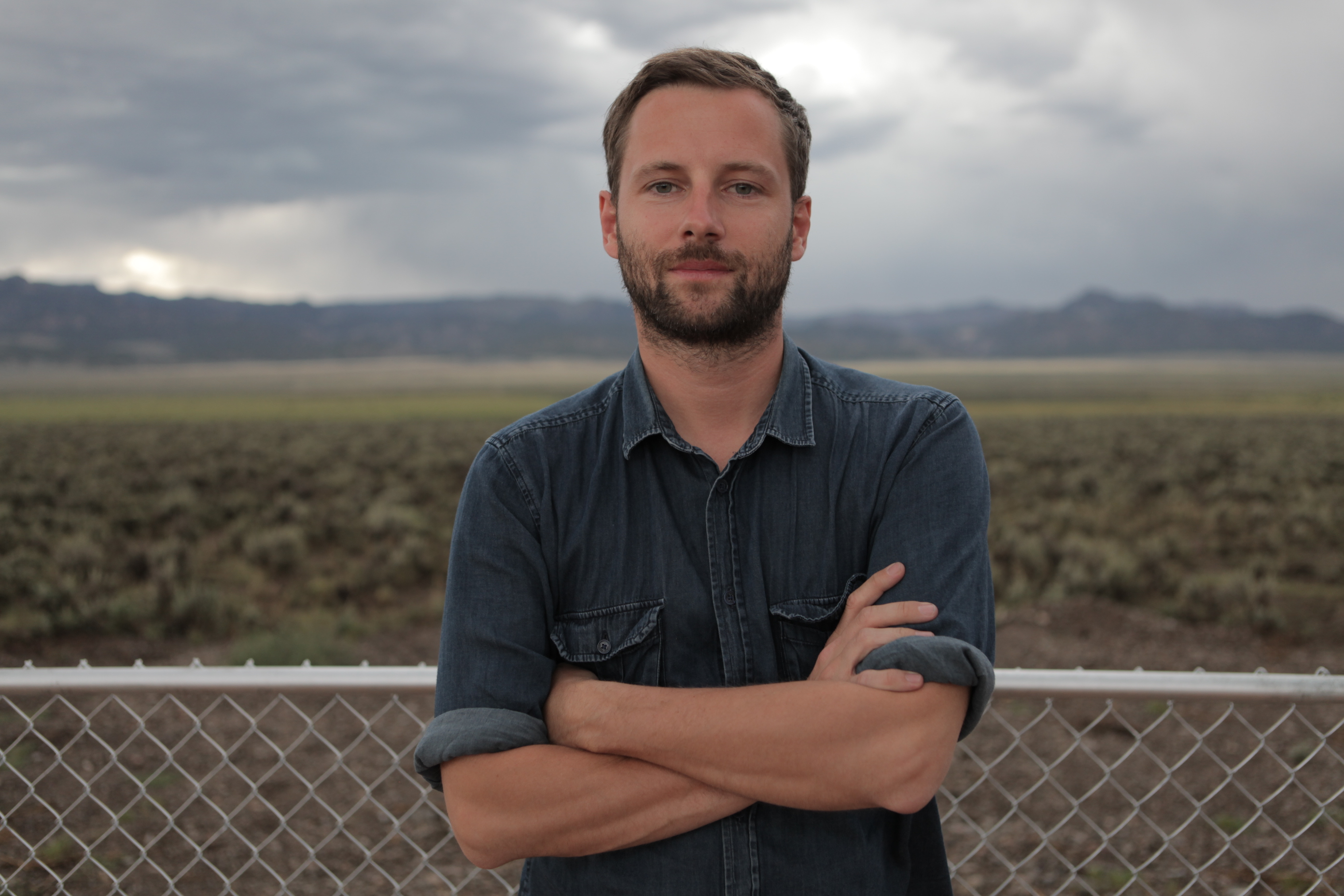In a Nutshell: Five fiction films that shaped director Frederik Sølberg
The Danish documentary director has been working for TV productions all over the world. In 2018 he made a movie about why it’s important to have a place to call home.
“I’m not closely attached to the suburb of Copenhagen where I grew up, but I would still feel weird about it if someone came here to tear it down,” says Frederik Sølberg. His recent documentary DOEL is named after a stretch of ten streets in the municipality of Beveren, just north of Antwerp in the Belgian province of East Flanders. There’s a power plant, a windmill from the 17th century, some random street art and the film is about exactly that: the notion of home and its destruction. This place, Doel, has been under the threat of demolition because the neighboring port of Antwerp is expanding.

His most prominent film, up until now, deals with a story that’s not just a local, but a Flemish issue. It touches on what is perceived by some as the darker side of globalization: “More goods are being shipped, more ships go in and out, and things are produced in China and sent to Antwerp,” Sølberg says, “Belgium is internally divided between the French and Flemish region, proper political decisions are tough to reach here.” And this goes with a crisis of political representation, in part, leading to a surge in right wing populist parties. “Here, it’s the Danish People’s Party, they claim they know what home is. But it’s only their narrative of what that means.” DOEL is a story of home and standing up for it like the group of activists who first introduced Sølberg into the community have done.
“To me, film is very much storytelling.”
Sølberg himself has been a restless soul for years, calling different places his temporary home. Working for Danish TV productions like Behind the News has led him to work all around the globe and his passion for music has enabled him to tour Europe with bands in his mid-twenties. More than music, film is working for him as a creative output at the moment, something he’s wanted to do since he was 12 years old: “I am not sure where the idea came from but I think I’ve always been a storyteller. And to me, film is very much storytelling.”
He loves every aspect about filmmaking from delving deep into a topic to being on the set: “When you have a piece of reality and you frame it and you look at the monitor, it’s like magic—it becomes art and it has a texture, which is magical to me—at least when it’s good,” he says. In his practice, he is very much inspired by fiction films and he is currently working on his first own fiction film. With that, here are five movies that have strongly shaped Sølberg as a filmmaker.
…

“My brother wrote some kind of high school report about Wild At Heart and through him I learned about the film. Back then I was not at all able to distinguish all the layers, the Wizard of Oz references, and the kitschy vibe of it. I was just completely compelled by it, especially the darker aspects like the car accident scene where Lula and Sailor find a traumatized and dying girl (played by Sherilyn Fenn). She is the only survivor of the accident and she is in some kind of coma that makes her unable to grasp what happened: That her boyfriend is dead and that she is dying, too. It’s super bleak and is still one of my all-time favorite film scenes.”
Coeurs Flambé by Helle Ryslinge (1986)
”Coeurs Flambé is the debut feature film by Danish filmmaker Helle Ryslinge. It’s the story about the nurse Henriette and her attempts at finding love in a colorful, long-lost, un-hip Copenhagen. The film has an unique mood and mix of bold characters, social realism, and 1980s tristesse. It was shown on TV when I was around ten years old and we recorded it on VHS and i watched it over and over again. I think it was my first crush on a film.”

“M is German director Fritz Lang’s first sound film from 1931 and it’s a masterpiece! The story is about an unnamed city terrorized by a serial killer and how the criminals in the city start their own investigation to catch and stop him. The cinematography is amazing and the use of sound is far out. The killer is recognized because he is whistling Hall of the Mountain King by Edvard Grieg and that becomes the motif of the film. I discovered it when I was a teenager and it’s one of the reasons I became a filmmaker.”
Airplane by Zucker, Abrahams and Zucker (1980)
“I love 1980s spoof films, I love Zucker, Abrahams and Zucker, and I love Leslie Nielsen. Airplane is particularly fun, silly, and full of political un-correctness. I used to watch it every Friday after school with my elementary school classmates.”

“A film about three Japanese gender-bending women who have decided to live like men and work as hosts in a club called New Marilyn Club in Tokyo. This is queer before the term became mainstream and Longinotto’s portrait of these women is so tender, respectful, and empathetic. And the music is great. I like everything about that film.”
On April 17, 2019 there will be another installment of the Friends of Movies series at FvF Friends Space. Frederik Sølberg’s documentary DOEL will be shown. The film is about the struggle of a small town fighting demolishment by the Flemish authorities, it’s about the people who live in this town and the ones who come visit for raves and street art. Doors open at 7pm. Find out what inspires further filmmakers, chefs and other creatives in our In A Nutshell section.
Text: Fabian Ebeling
Photography: Andreas Vingaard

